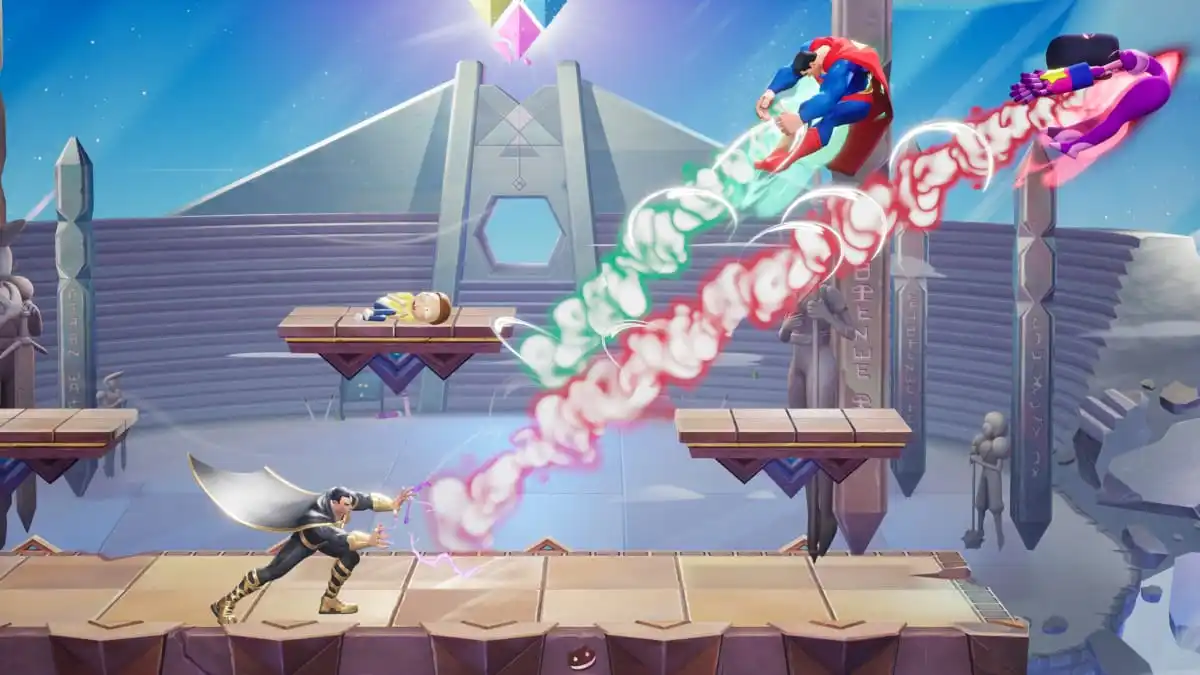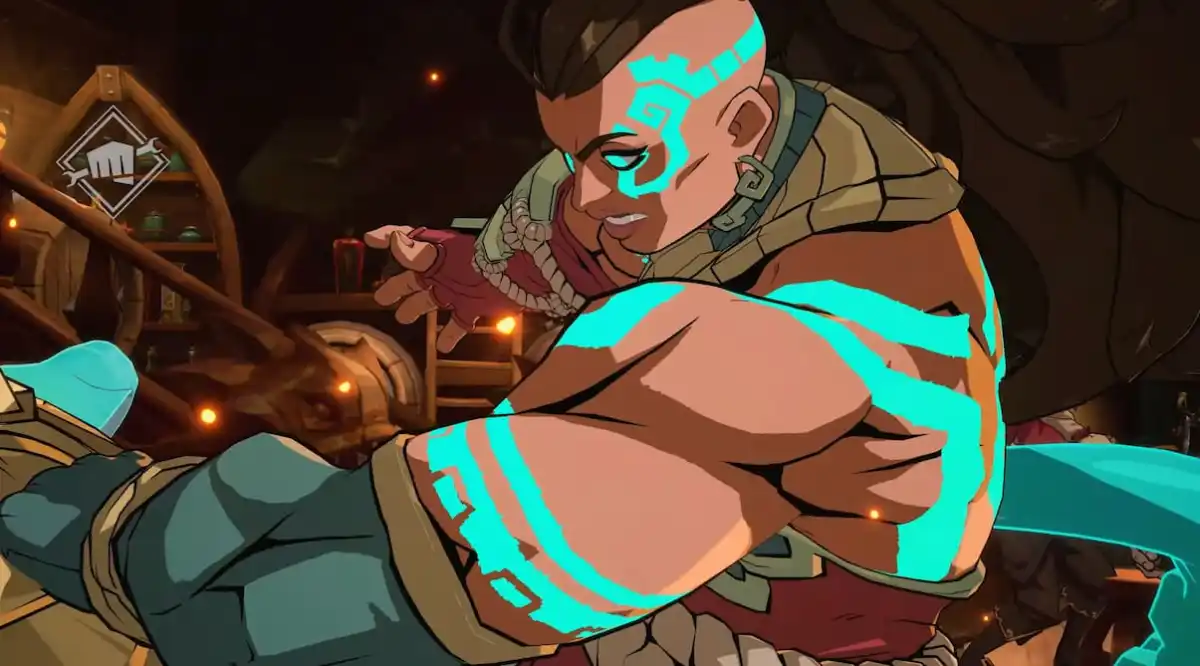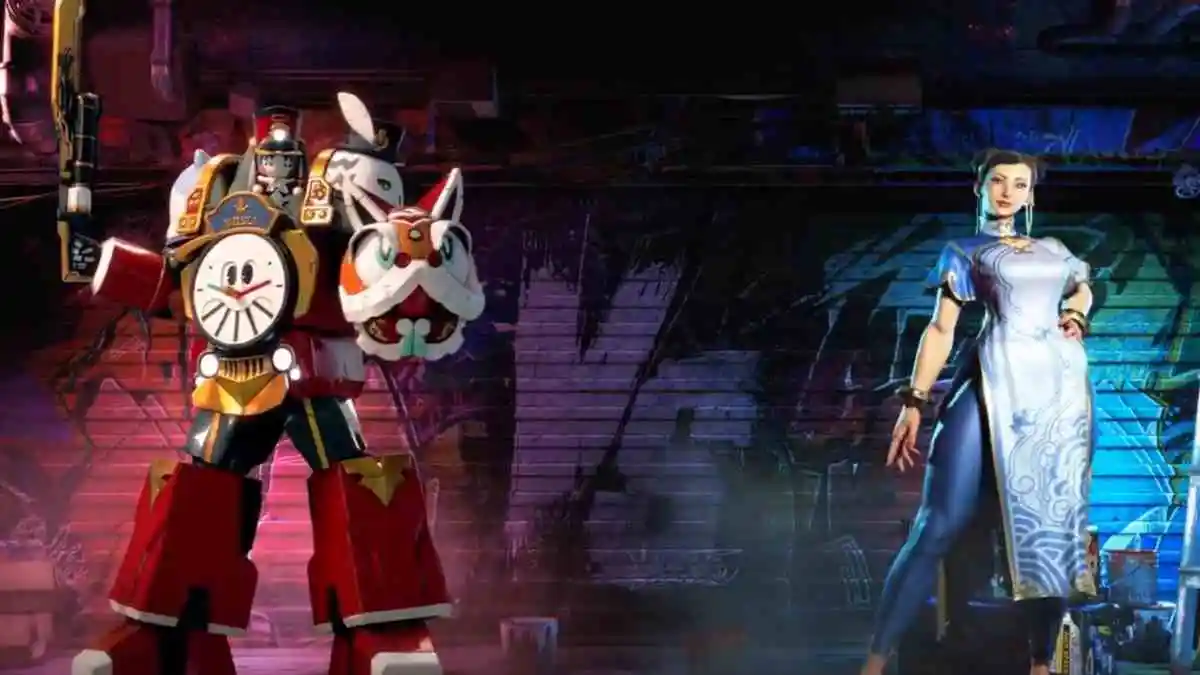By 2006, Mike Halcomb was the most exciting Super Smash Bros. player on the West Coast.
The old Nintendo brawler has always nurtured a passionate competitive scene. Halcomb’s favorite character was Samus, which most others considered weak. The best Samus players in the world were usually slow, conservative, and defensive, and the character was the opposite of a fan favorite. When Halcomb arrived, he invented a new style. He was fast, tricky, unpredictable. He won in ways that pretty much no one thought possible.
Here he is in a 2009 game playing one of his best matches at tournament in San Francisco.
“It was like a 5-foot-5 basketball player balling on people,” Richard Tan-shuttleworth, a prominent California Super Smash Bros. community organizer, told the Daily Dot. “We were all like, ‘You’re not supposed to do that, man!’”
So it’s not unusual that on Monday, the 26-year-old gamer left his home carrying an Xbox 360, even if it’s not clear where he was going or why he had the gaming console. And Halcomb’s family says they’re not sure of the motives of the men who soon approached him. They do know that soon a gun was pulled, and Halcomb, their brother and son, was shot dead in broad daylight.
For a lot of top-tier gamers, ego can creep up and change the way they act. For “Dark Mike,” as Halcomb was known, success had the opposite effect.
“Back then, it was hard to connect with fellow gamers compared to today,” Tan-Shuttleworth said. “And where I lived, well, there was no Smash.”
So Tan-Shuttleworth went online, where he found SmashBoards, the game’s biggest community hub. He eventually connected with a crew of talented players from Stockton, Calif., a three-hour drive from his home in Fresno.
A city of 300,000 just east of Oakland, Stockton rode the real estate boom of the mid-2000s, then crashed harder than just about anywhere. In 2007, it led the nation in foreclosures, causing money to hemorrhage out of local government. The city cut 20 percent of the police force in 2008 and, four years later, filed for bankruptcy, making it the biggest city ever to do so until Detroit followed suit in 2013. It now sees about four times as much crime per capita as California at large. In 2012, 71 people were murdered in Stockton and, while 2013 was something of a downturn, 2014 has already seen a spate of murders, including one in which a couple murdered and dismembered their 48-year-old roommate and then tried to dispose of his remains in a campfire.
Stockton is a depressed, violent place. But it also produced some of the best Smash Bros. players in the world. That’s not entirely surprising. Professional console gamers, like those who specialize in fighting games like Smash and the perhaps more famous Street Fighter series, often come from lower economic strata. The console gaming scene has deep roots in inner-city arcades from the 1980s and, for decades, has boasted a racially and economically diverse player base. The PC gaming scene, on the other hand, has its roots in cutting-edge computers and the birth of the Internet in the 1990s. Top-line computer rigs are pricey, but consoles are relatively cheap.
For Tan-Shuttleworth, however, the four Stockton guys, who called themselves the “FTA Crew,” made their home city an inviting place. It didn’t matter that he, by his own admission, kind of sucked. Halcomb and his crew invited him down and let him live with them for weeks. They were about to play. A lot.
“He played friendly matches with me for five hours straight,” Tan-Shuttleworth said.
“I know that it was boring for him to play someone like me. But just him doing that made it where I could keep going, so I didn’t give up on the game.”
That’s the way most people in the Smash community remember Halcomb. He helped bring new players into the close-knit community and then filled their heads with hard-earned knowledge of the game they loved. It didn’t hurt that he was one of the most talented and innovative Samus players in the world for half a decade. So any Smash lesson with Halcomb was valuable indeed.
“He was the first guy who remembered people’s names. He was the most chill guy,” Tan-Shuttleworth said.
Richard White, another competitive Smash Bros. player, met Halcomb at at White’s first major tournament. For him, Halcomb was more than talent or a teacher. He was a trailblazer.
“I liked the scene and all. But I didn’t think that competitive gaming was for black men,” White said. “Black men play ball as a hobby. They work out. ‘Black nerd’ wasn’t an identity that you think of for the black male.”
White met Halcomb early on and, from then on, they remained friends.
“I remember every time I was overwhelmed at the whole scene or was feeling semi-starstruck in a room filled of names I’ve only seen on computer screens until then, Mike would show up seeing how I was holding up playing friendlies,” White told the Daily Dot.
“He and Darrell White made me realize, just by being awesome black competitive gamers, that it’s okay to be one—if that’s what I was passionate about.”
From 2006 to 2011, Halcomb was projected by many to become a top world player, thanks to his successes with Samus. He eventually stepped back from top tier competition after 2011 because he didn’t enjoy Super Smash Bros. Brawl, friends say, the newest game in the franchise. Recently, he had become a big player of League of Legends. But Halcomb never stopped attending local California Smash tournaments to compete and hang out with the community. In fact, he played in a local tournament just three weeks ago.
“I didn’t expect Mike to be in practice,” said Jesse “Moonite” Ewing, the player who eventually beat Halcomb at that tournament.
“But the matches were still close! He still had that unique style that was really really hard to read, almost unreadable in a way. And this was playing with characters like Link and Samus. Bad, bad, characters, and he was still fighting me off with me using Marth. He was a natural at the game.”
When Halcomb lost, he took off his earbuds, shook his opponent’s hand, and congratulated him. “Marth’s so stupid,” he said, laughing. Marth is one of the best characters in the game.
After he was eliminated from the tournament, Halcomb played friendly games with everyone.
“He was the perfect opponent for new players to play,” Ewing said.
“He didn’t gloat, or boast when he won, and he didn’t john when he lost. I think that’s important, and one of his defining traits to me and his friends – it seemed like he was never a negative person.”
For most of Super Smash Bros.’ history, the competitive games have been about pride rather than money. The esport has never had the riches of titles like League of Legends, and its players have never seen the fame that some Street Fighter champions have found. But it has maintained a thriving playerbase thanks to the exceedingly high quality of the competition.
That’s why Halcomb, despite being an innovative high level player, rarely traveled to tournaments and never became a household name. Smash Bros. has no online play and the gas for a trip from Stockton to San Francisco cost more than $60 when he was at his prime. Halcomb only made rare but well-remembered appearances at select, big-time West Coast tournaments.
Even so, the name Dark Mike and the innovation he brought to his game won’t be forgotten anytime soon.
Early on Wednesday, Stockton police arrested two men in connection with the homicide. Bobby Sherell Miller and Kyren Nicodemus Nicholson, both 19, are also suspects in an earlier homicide that morning, less than a quarter-mile away from the street where Halcomb, who was born in Oakland and grew up in Stockton, died.
The Smash Bros. community, which White called a “close-knit” brotherhood, was shocked to hear of the murder and has been rallying to help Halcomb’s family in the wake of the news.
The community has quickly mobilized to raise funds to pay for what could be an expensive funeral. Fans are organizing fundraising tournaments in northern and southern California, according to Sky Williams, a popular Smash and League of Legends streamer who’s organizing much of the efforts on Facebook. They’re also running a direct donation fund.
Williams says he’s aiming to give about $5,000 to Halcomb’s family.
“I learned most of my Samus tricks and tech skill from Mike’s videos,” Robert Patrick Merges Jr. wrote on Facebook. “I still don’t see Samuses do the stuff he was doing with bombs years ago. I feel like I knew him somewhat through the hours spent analyzing and emulating his play, and even though I had no idea what he looked like until yesterday.”
He continued:
“I still cried when I heard about his death. It’s crazy how much you can see someone’s personality through their play.”






